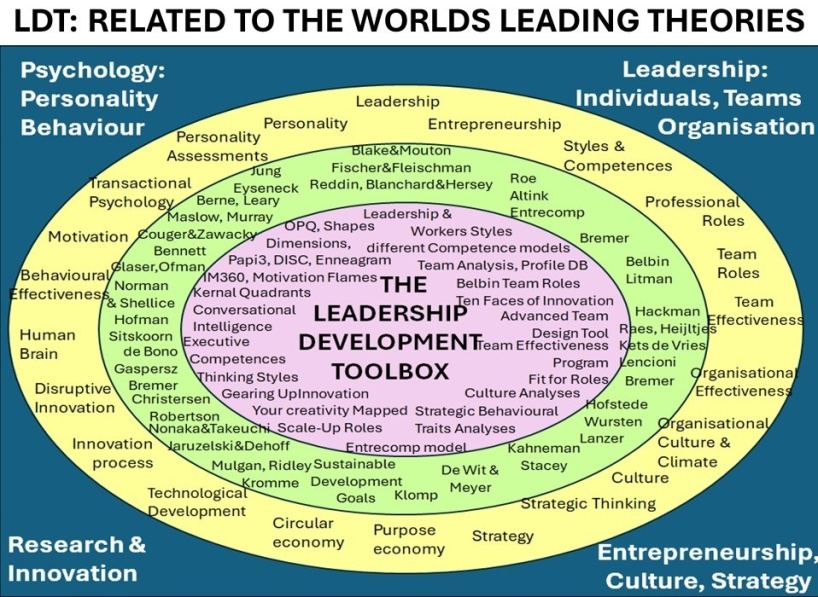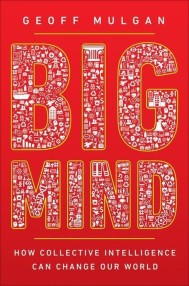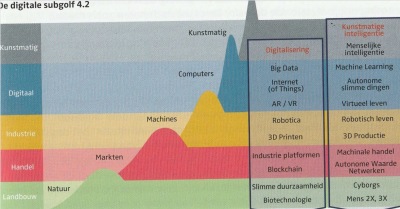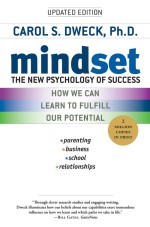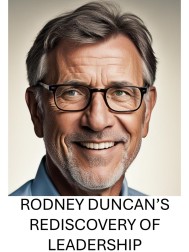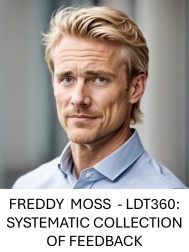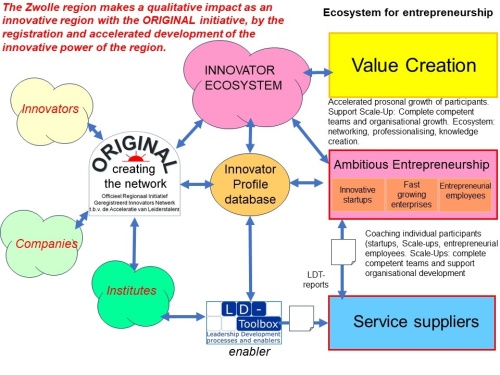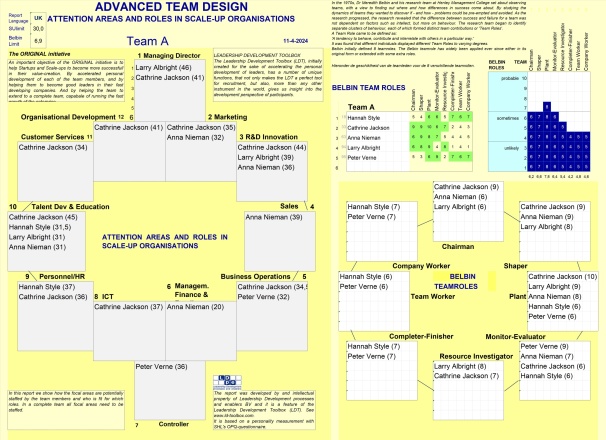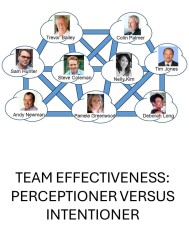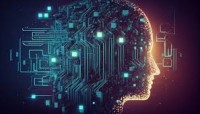FUTURE PERSPECTIVE
Elon Musk is experimenting today to increase human intelligence by connecting the cerebral cortex with computer chips, which makes it possible to realise a human IQ of 300.
We limit ourselves here to three groundbreaking publications:
Homo Deus from Harari,
Big Mind from Geoff Mulgan, Society 4.0 from Bob de Wit.
If you click on the image of the book cover you can download a short extract or report.
As Bob de Wit outlines, in chapter Artificial Intelligence wave 4.2 The social consequences, we will see an increasing integration between human life and AI in the coming years. People talk about Human 2.X and Human 3.X.
However, at the moment we are mainly dealing with human 0.X (and that is already complicated enough).
For example, when we talk about leadership, many different terms are used, such as 'servant leadership', coaching leadership, delegating leadership, no-nonsense leadership, inspiring leadership, transactional leadership, situational leadership, etc. etc.*)
*) In this light, it may be interesting to reflect a while on what 'The Leadership Industry' has brought us so far.
In her publication 'The END of LEADERSHIP', Barbara Kellerman wipes the floor with this 'Industry' that involves billions in Leadership programs, conferences and publications about Leadership, which often create a very outdated image of leadership.
Human 0.9 Using our Full Potential and Optimizing our Ability to Collaborate
For fun, we also refer to 'Bommelian leadership':
- Recognize the talents of your employees;
- Become aware of your ignorance and incompetence;
- Become skilled at asking for help. And consciously ask for help from Tom Poes!
*) Olivier B Bommel is a famous Dutch comic character with a big ego and 'impression drive' who can't do much and is completely dependent on his employees, i.a. the cleft Tom Puss
But above all, realize that you, without thinking about it, underutlize a large part of your own potential and also that of the people around you.
The Training and Coaching world, which provides services to tap into that potential, unfortunately still works with outdated tools.
From what we have observed so far, the LD Toolbox is the only instrument in the world that systematically looks at a participant's future perspective and that helps the participant to accelerate his/her personal development.
And which makes the untapped potential visible to the participant and shows what to do to exploit it.
The LD-Toolbox as an enablerfor the acceleration of human talent development
UNESCO tries to tackle the major global problems with the so-called CLA approach, the Causal Layered Analysis.
After all, before anything can be done about these serious development trends, it is necessary to have an overview of the root causes, and the connections between all facets that have anything to do with the specific phenomenon. This layered analysis can then make it possible to launch te necessary interventions in the process and, in simple words, 'push' the unwanted development in a different direction with those interventions.
The LD Toolbox: a using CLA designed instrument
The human mindset and personality is also of great complexity and by consciously changing their behavioral, people can influence the development of the own personality. That's called "learning".
Even though we were not familiar with the CLA method, the LDT was also designed (in 2001) with something like this Causal Layered Analysis method.
All connections between behavioral preferences, competencies/skills and roles/styles were systematically designed.
For example, here you can see the correlation between one of the 18 leadership styles, the Mobilisor and competencies and behavioral preferences that we measure with the OPQ personality questionnaire. The style is made up of 5 competencies, skills with which someone can achieve something. And each competency is related to the measured behavioral preferences. In this case, those connections have been defined on the basis of years of research by the Dutch organization Psychotechniek (currently part of SHL, the owner of the SHL personality questionnaire).
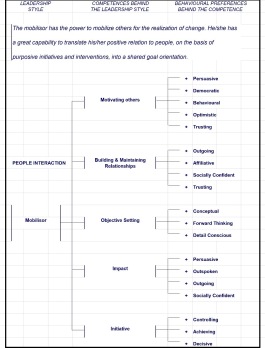
In our view, the only the person who can change his/her behavior is him/herself.
There must be a strong will to do this, but why would this person want that?
The goal, for example, to become a good Teambuilder, must be important for the person.
In addition, this person must have a growth mindset, namely he/she must believe in his/her own development potential.
Carol Dweck distinguishes two types of mindset: Someone with a fixed mindset is convinced that people are born with talents and abilities and that intelligence is fixed. On the other hand, someone with a growth mindset is convinced that you can influence your own development and that you can learn lots of things. That it is not just about talent, but especially about the ability to learn.
And the first step in learning is to understand the connections and coherence. So it is not the coach or teacher who must understand the CLA patterns and correlations, but the participant himself!
Simulation scenarios
The Causal Layered Analysis of the connections between behavioral preferences, competencies/skills, roles/styles also makes it possible to calculate the effects of behavioral changes and thus to draw up development scenarios for the participant. For example, the Mobilisor leadership style scores 31.0 points here, which means that the participant already has that style in his/her portfolio.
But the style can grow stronger, because Initiative only scores a 3. And that is because the behavioral preferences for Achieving and Decisive score a 4. In the personal development scenarios which we had drawn up for the participant, we see that Achieving will increase to a 7 in simulation 1 (the Quick-Wins scenario) and in the 2nd scenario also Decisive will be increased.
As a result of both proposed development scenarios, we see that the participant, who has already mastered all 6 interaction styles, still can improve considerably by them.
It really works, for everyone!
Do you want to see how? The examples below from Nancy King, Rodney Duncan, Tessa Gold and Freddy Moss show how participants in their own development scenario were able to drastically accelerate their personal development by using the LD-Toolbox.
Download and study their story. You will find that the LDT reports have really helped them in their career.


Local Initiative
In his popular publication Society 4.0, de Wit describes in chapter 7, the Glocal Civil Society, that society in the future will grow towards a combination of tackling global issues at a global level and managing local issues at local level. Cooperation is crucial in this world order.
The ORIGINAL initiative is a local initiative that was created, partly because there was a lack of sufficient cooperation between the various government-funded activities that should have stimulated value creation in the region (start-up guidance), partly because no one had a solution for support of Scale -Ups in their transition. This would have required a regional ecosystem that did not exist.
And, thirdly because they did not see an innovative enabler that offers a solution for creating such a network.
They did not know about the power of an instrument like the LD Toolbox.
The local ORIGINAL initiative addresses these issues and includes the use of this enabling toolset.
ORIGINAL LAPLAND ?
In the far north of Sweden, a large joint 'sustainable' initiative has emerged between all municipalities, agencies and companies, called the North Sweden Green Deal. Those who want to know more about this can click on the photo to download a description.
This extensive region includes important industries for Sweden (including LKAB in Kiruna) and has a large number of innovative companies and businesses. But there is a serious shortage of people.
They are looking for approximately 100,000 immigrants to provide manpower. One of the important sub-projects is Skills Supply.
The Bluefinger INNOVATION Center has come into contact with the leaders of this important sub-activity of the Scandinavian Green Deal and has suggested that, in addition to recruiting more people, it can also help to accelerate progress with a program like ORIGINAL, provided the region organizes thIS program itself. Of course, guidance and assistance can be provided for from the Bluefinger Innovation Centre with the creation of ORIGINAL LAPLAND.
Complete Effective Teams and Team Effectiveness
But we have not yet demonstrated that the LDT can also provide relief for the most important problem facing innovators.
The issue that all (subsidy-using) service providers failed to address up to now: the failed scale-up development: more than 95% of innovators fail in this transition phase.
One of the main causes is the lack of a complete and task-oriented management team. The ORIGINAL program is currently setting up a Regional Innovators Profile Database.
And the LD Toolbox is an instrument with the proper functionality for designing complete and solid teams and helping them to become effective.
Larry and Peter's story is about a successful startup that must grow, whereby a number of new MTmembers have to be attracted to the team.
The story New Consultants for Business Consulting Netherlands is about selecting people for several vacancies.
And the last story is about the first workshop of the Team Effectiveness Program. The workshop about Internal Effectiveness, on the mutual interaction between the individual members of a team.

- Larry en Peter English.pdf 1.4 MB
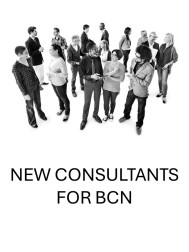
- New consultants for BCN.pdf 620 KB
The LD-Toolbox as a basic instrument for the ORIGINAL program
The ORIGINAL program is a program for intensive collaboration between innovative forces in a region. But, in order to work together you have to understand each other well.
Therefore, you need a common language. Not a language like Dutch, French or English, but a framework within which you use the same concepts, models and approaches when you work together. And the LD-Toolbox provides such a shared conceptual framework. Of course, this also means that all parties in the region must be able to work with the LD Toolbox.
All service providers operating in the region can therefore qualify as recognized reviewers, who can provide their services using the LD Toolbox, so that we also speak 'the same language' within the region.
Which is not that difficult with the LD Toolbox, because it is based on world-leading best practices:
In the picture beneath you see een overview of the leading best-practices in world on the themes we address in the LD-Toolbox and that we use for creating your reports.
And, here to the right you can connect to an AI app, the LD-Toolbox Tutor, that will answer all the questions about the Toolbox that you have or can imagine.
By clicking on the picture to the right we'll open a special window for you and connect you to the tutor, so you can start to put questions to this robot.
